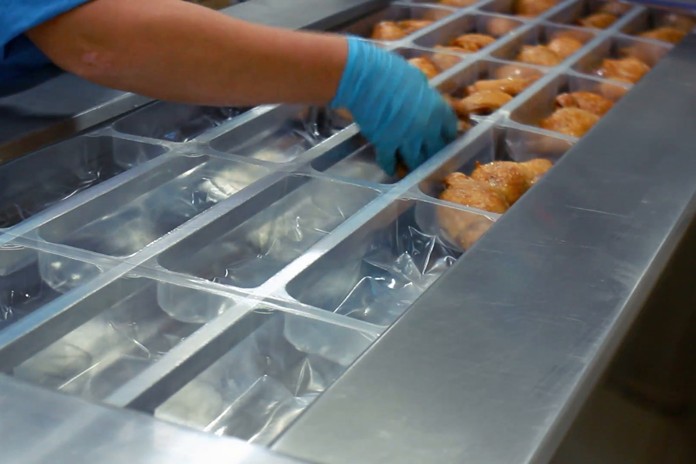
The purpose of controls in slaughterhouses is to ensure food safety and quality as well as to monitor animal health and welfare.
Control efficiency can be guaranteed by a multidisciplinary approach. Indeed, thanks to their knowledge of process and product, the active participation of food business operators (FBOs) to poultry meat control has to be enhanced. According to European regulations, determination of sanitary actions depending on the associated risk has to be under the responsibility and the supervision of official veterinary services (OVS).
In this context, it is necessary to implement an adapted control system taking into account respective competences and organizational constraints of FBOs and OVS.
Material and methods
A group of multidisciplinary experts developed an innovative system to manage efficiently risks in poultry slaughterhouses and provide decision-makers with useful methods and tools for a new approach of poultry meat inspection.
They listed the inspection tasks to be performed, defined the articulation between FBOs and OVS to implement these tasks and set indicators of achievement.
Results
Four tasks to be performed were selected: analysis of the Food Chain Information, ante and post mortem examinations and feedback to the farmer. For each task, a set of indicators was determined and a warning value was set for each of them. The indicators must be monitored by FBOs; if the threshold value was exceeded, they must alert OVS managing the alert and implementing adapted actions. Record sheets were developed to register indicator values and actions taken by FBOs and OVS in order to provide evidence of the implementation of health inspection and to ensure data traceability.
Standardized documents describing lesions leading to carcass condemnation and training programs were executed to provide reliable tools helping operators to detect post mortem abnormalities.
Conclusions
An innovative control system was established, based on the risk assessment presented by the flock and the implementation of methods adapted to the level of risk, involving all stakeholders in a sustainable interaction. The system was then tested in 11 voluntary slaughterhouses for 1 year. The perception of the method was also evaluated through sociological interviews with stakeholders in about 30 slaughterhouses. Results of these studies will enable to assess the efficacy and the feasibility of the system and if necessary, to adapt it.

















